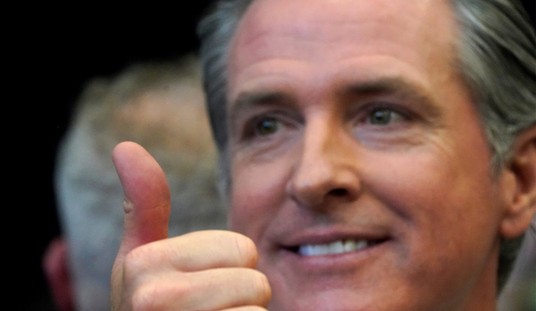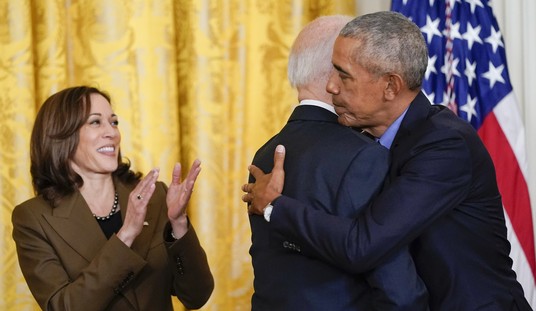Ten barrels holding 2.5 tons of natural uranium are missing from what the International Atomic Energy Agency (IAEA) says is a “declared nuclear site” in Libya.
The uranium ore by itself is not dangerous. But each ton of uranium ore can be turned into 12 pounds of weapons-grade material once it is properly refined and enriched. Iran would be a likely customer for the uranium, given that Tehran is now fully committed to building a bomb.
Related: IAEA Chief Grossi in Iran Looking for a Way to Ignore Illegal Enrichment Activities
The IAEA is being closemouthed about the missing ore.
They said in a statement that “agency safeguards inspectors found that 10 drums containing approximately 2.5 tons of natural uranium in the form of uranium ore concentrate were not present as previously declared at a location in the state of Libya,” the IAEA said. “Further activities will be conducted by the agency to clarify the circumstances of the removal of the nuclear material and its current location.”
The IAEA declined to offer more details on the missing uranium. However, its acknowledgment the uranium went missing at a “previously declared site” narrows the possibilities.
One such declared site is Sabha, some 660 kilometers (410 miles) southeast of Libya’s capital, Tripoli, in the country’s lawless southern reaches of the Sahara Desert. There, Libya under dictator Moammar Qadhafi stored thousands of barrels of so-called yellowcake uranium for a once-planned uranium conversion facility that was never built in his decadeslong secret weapons program.
Estimates put the Libyan stockpile at some 1,000 metric tons of yellowcake uranium under Qadhafi, who declared his nascent nuclear weapons program to the world in 2003 to [sic] after the U.S.-led invasion of Iraq.
The IAEA did not give the location of the site from which the uranium disappeared. Speculation has centered on the city of Sabba where some 6,400 barrels of it were stored at one time. The enriched uranium was removed from Libya in 2009, but the unrefined yellowcake ore remained behind.
Following the overthrow of Qadaffi, the area around Sabba became a lawless wasteland. The U.S.-backed Libyan National Army, headed by Khalifa Hifter, has been in nominal control of the region, but the question of who is in control of the uranium has yet to be answered.
“The loss of knowledge about the present location of nuclear material may present a radiological risk, as well as nuclear security concerns,” the IAEA said, adding that reaching the site required “complex logistics.”
No doubt, IAEA inspectors had to dodge unfriendly bullets as part of the “complex logistics” to reach the site.










Join the conversation as a VIP Member